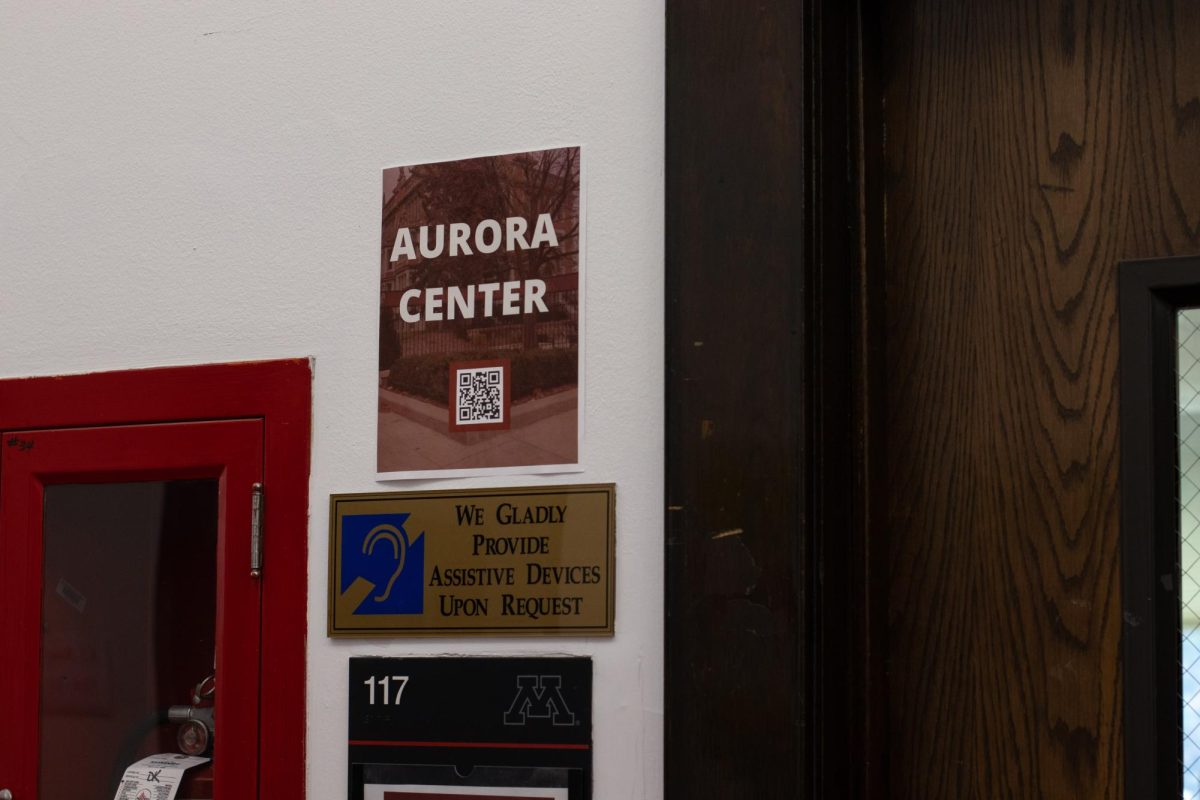To returning students and first-year students alike, welcome to the University of Minnesota, where tuition hikes have become the norm. Or, as the Notorious BIG would say: “Mo money, mo problems.”
It seems that every year the University simply cannot do with what it has been allotted. With their budget cut each biennium, the heads of this fine institution continue to demand more and more from students, financially crippling many of us young manual laborers in times of stagnant employment.
Consider, for a moment, that tuition has increased 14 percent in the past year, in addition to a per-semester “University fee” of $400. For this student, that fee comprises 10.4 percent of my tuition. If you do the math, my tuition is about one-fourth more than it otherwise would be thanks to this sizeable “fee” and the tuition boost.
But a cursory, 30-minute investigation yielded several revealing bits of information about the University’s financial woes.
Dire financial straits?
Consider the fact that University President Bob Bruininks makes more than $300,000 per year, the fact that between 1993 and 2003 the number of academic administrative and professional staff in the University system increased 74 percent (increasing from 14 percent to 23 percent of the workforce) and that during the same time period the number of nontraditional faculty in the University system increased 67 percent.
In the same time span, the number of tenured and tenure-track faculty decreased 4 percent?
Yes, you read correctly: Just as the University demanded increased funding and started burdening students with increased tuition, the head officials of this University were becoming wealthier, the University was flooding its offices with administrative employees and was removing tenure-track faculty in favor of nonprofessional instructors.
Am I the only one who finds this whole situation preposterous?
That the University, in almost every area, would spend as it pleases except in the one area that really matters: Full-time faculty?
Just before learning this, I read a Tuesday article in the Daily about University Dining Services, and its increased offering to students. Through surveys and talks with nutrition programs, UDS is offering students more options than ever this year, including specialties at each dorm.
Being one of those upperclassmen with less than ideal UDS memories, I was even shocked to read University nutrition professor Linda Brady’s comments that “They are trying. We couldn’t ask for more in terms of UDS listening to students.”
If only the University as a whole could be like UDS.
Tightening the belt?
I have always contended that the University has a responsibility to monitor its costs and regulate its programs to ensure that every dollar coming in the door is being maximized. Taking a closer look at the current situation, however, this hardly seems to be the case.
A book could be written about wasteful spending here at the University, but let’s focus on one area first: unneeded programs. For instance, did you know that the University has programs in Akkadian (the predominant language of ancient Mesopotamia, comprising the old Akkadian, Assyrian and Babylonian dialects), French and Italian (in addition to the University’s separate French and Italian departments), water resources science and small animal clinical sciences (in addition to programs in animal science, veterinary medicine and veterinary pathobiology).
The only thing more suspect than the vagueness or redundancy in the names of these programs are their enrollment figures. A Tuesday evening search showed 10 seats assigned to enrolled Akkadian students, eight seats assigned to enrolled French and Italian students, 25 seats assigned to enrolled water resources science students and 19 seats assigned to enrolled small animal clinical science students.
Granted, none of these are major programs, with only a few classes listed under their respective titles. However, these are real programs here at the University, with real instructors and real administrative staffs. They are costing money and contributing to the financial crisis that is upon us.
Sure, there are other areas that deserve condemnation. Why are so many additional employees being added to the University’s payroll, while so many private firms are trimming their staffs? Why is Coffman Union so useless to the majority of the student body? Why are the campus connectors so crowded? Why have I called the ever-so-helpful One Stop Student Services Hotline only to be told that, because of excessive call volume, my call cannot be taken?
But rather than gripe about the petty stuff, I thought I’d start with the bigger issue.
If the University is going to demand so much more from its student body, it needs to start recognizing and responding to what the student body really wants. For most of us, that would include eliminating, or merging, unneeded programs in favor of lower tuition.
Somehow, UDS has found a way to focus on the students, and adjust to the desires of the majority. In this time of financial hardship, the regents need to find a way to do the same.
Steven Snyder welcomes comments at snyd0151@umn.edu.







